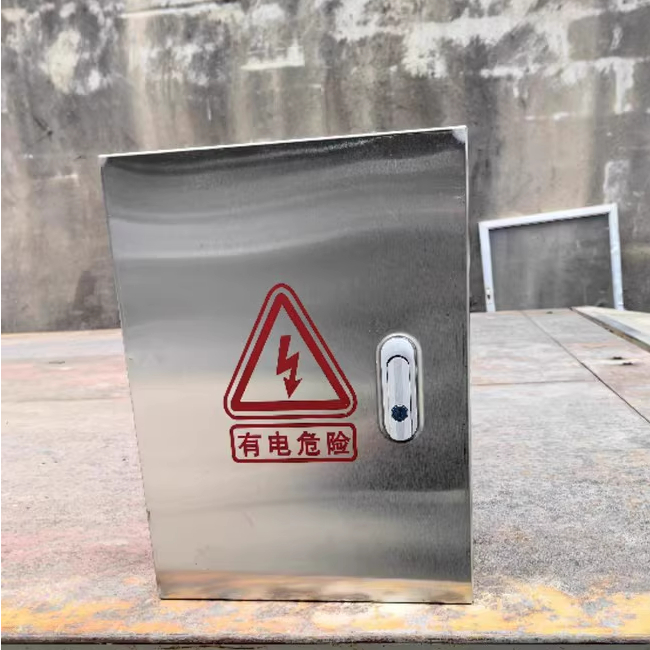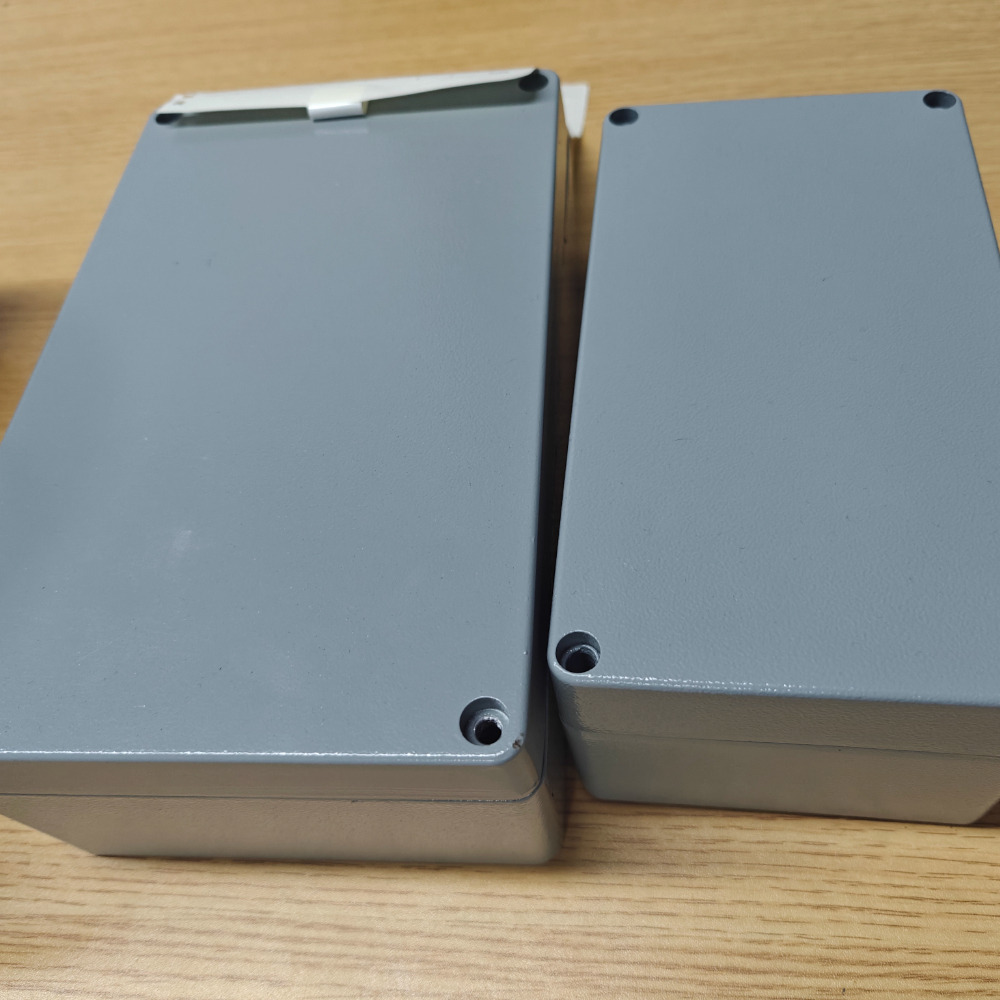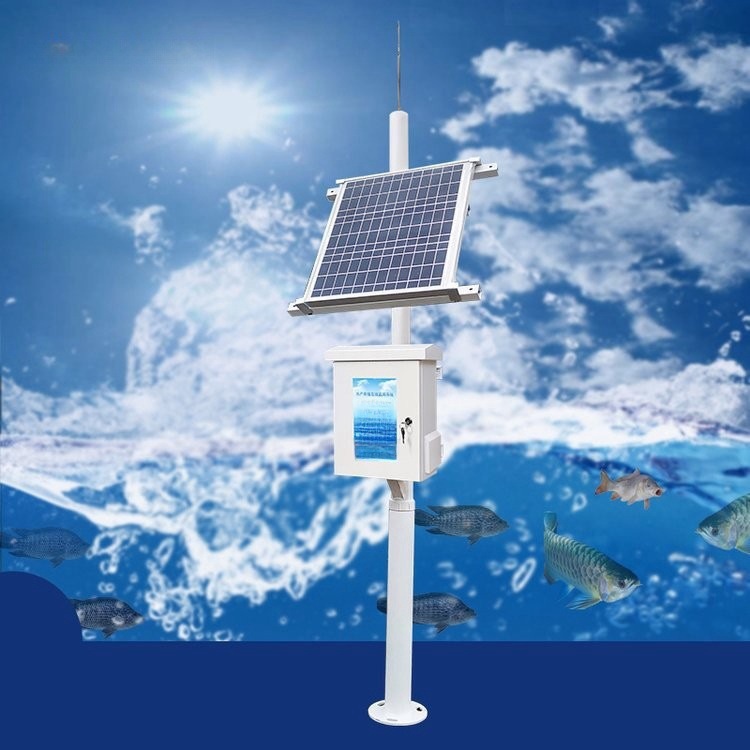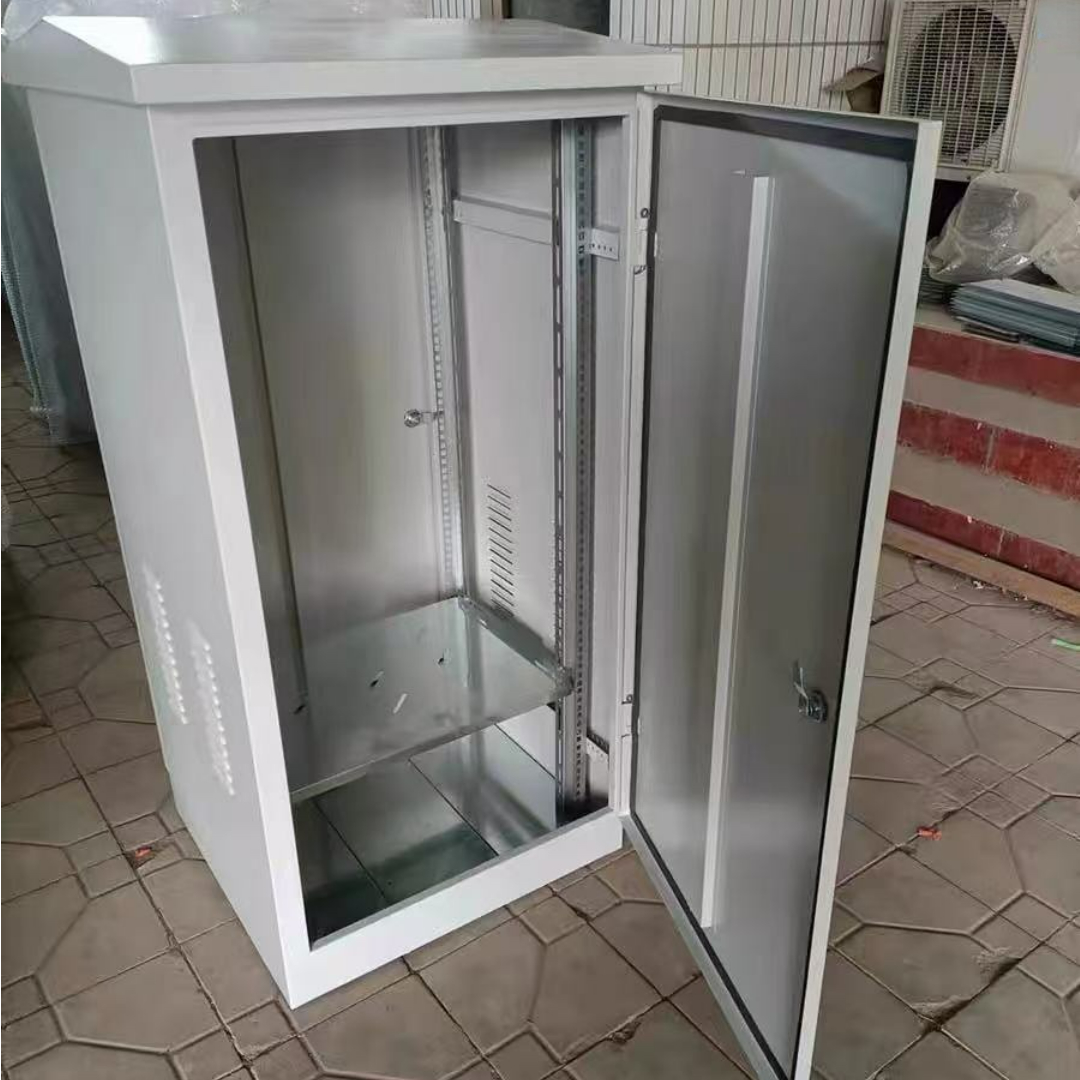Home / News / Industry news
Industry news
Nov 02,2025
By:Shinging
Main Idea
A PLC control cabinet enclosure is a strong box. It holds and protects important electrical parts. These parts include the PLC computer, power supplies, and communication cards. The box keeps them safe from outside harm. It makes sure they work well in different temperatures and around electrical noise.
1. What It Is and Why We Use It
1.1. Simple Definition
This cabinet is the main brain of a factory machine system.
It is a metal or plastic box made to hold, connect, and keep control devices safe.
1.2. Its Main Jobs
Ensure Safety: It prevents employees from experiencing electric shocks.
Safeguard the Gear: It shields delicate electronics from dust, moisture, and impacts.
Eliminate Electrical Noise: It prevents external electrical signals from creating issues. It also stops its own signals from bothering other machines.
Maintain Organization: It offers a clean, secure, and easily accessible arrangement for all components within.
2.Categories of Boxes and Their Materials
2.1. Materials
Metal Boxes:
Carbon Steel: This substance is robust and inexpensive. It blocks electrical noise well, but it can rust.

Stainless Steel: This substance is highly effective in resisting rust. We utilize it in damp or unclean environments such as food production factories.

Aluminum: This metal is lightweight and is resistant to rust. It blocks a medium amount of electrical noise.

Plastic Boxes:
Polycarbonate: This plastic is extremely difficult to shatter. It allows you to see inside and observe its components.
Fiberglass (FRP): This material is great for places with strong chemicals. It does not let electricity pass through it.
2.2. Protection Rating (IP Code)
The IP code, such as IP54 or IP66, indicates the effectiveness of the box in preventing the ingress of solids and liquids.
The first number tells you how well it keeps out dust. The second number tells you how well it keeps out water.
You should choose the IP rating based on where you put the box. For example, a box inside a clean room needs less protection than a box that people wash with water.
3. Important Parts Inside the Box
3.1. Mounting: The back plate and metal rails hold all the devices in place.
3.2. Power:
It has a main switch to turn all the power off.
It has a special power supply for the PLC computer.
It has other power supplies for sensors and other parts.
It has surge protectors to guard against power spikes from lightning.
3.3. Control:
This is the PLC computer's main brain (the CPU).
These are the cards that connect to switches and sensors.
These are the cards that let the PLC talk to other computers and systems.
3.4. Wiring:
These are connection points for all the wires.
These are plastic conduits that maintain the wires tidy and orderly.
Wires adhere to a typical color scheme, allowing workers to understand their functions.
Adequate grounding and shielding are crucial for safety and to prevent noise.
4. Managing Heat Inside the Box
4.1. The Problem: Electronic parts and power supplies create heat. Too much heat can break them.
4.2. Solutions:
Vents: Holes with filters let hot air out (for boxes that don't get very hot).
Fans: Fans help push hot air out of the box.
Heat Exchangers: These cool the inside air without letting outside dirt in. This is good for dusty places.
Air Conditioner: A small cooler is used for very hot boxes or very hot rooms.
Heaters: Small heaters stop water from forming inside the box in cold or damp places.
5. Dealing with Electrical Noise
5.1. Where Noise Comes From: Things like large motor drives, radios, and lightning can make electrical noise.
5.2. How to Reduce Noise:
5.2. Ways to Minimize Noise:
A metallic container serves as a barrier. It needs to be properly linked to the ground wire.
We route power cables, control cables, and communication cables along distinct paths.
We employ specific cables that have a metallic shield encasing them. We connect this shield to the ground.
We add small parts called filters to the power and signal wires to clean the electrical signal.
6. Good Practices for Building and Installing
6.1. Planning:
Compile a list of all the components required.
Create a diagram illustrating the placement of each component within the box.
Create the diagrams for the electrical circuits.
6.2. Building:
Group components that perform similar functions (such as power or communication) in the same location.
Ensure there is sufficient distance between electrical components to avoid sparks or short circuits.
Affix a distinct, bold label to each wire.
Always attach the safety ground wire. Ensure that the emergency stop button functions properly.
6.3. Paperwork:
Keep the final, correct circuit drawings.
Keep the final, correct layout drawing.
Keep a list that shows what each input and output point does.
7. Regulations and Guidelines
International Regulations (IEC):
IEC 60204-1: This is a safety standard for electrical components in machinery.
IEC 60529: This standard specifies the IP protection classifications.
IEC 61000-6-2: This standard ensures that machinery remains unaffected by electrical interference in industrial settings.
8. Regular Check-ups and Cleaning
Look at the box often for any physical damage or rust.
Wash the air filters and the fins on the cooler.
Verify that all wire connections are secure. Always switch off the power first and ensure safety.
Inspect the rubber gasket surrounding the door to confirm it remains in good condition.
Utilize a thermal camera to identify areas that are overheating.
9. Frequent Issues and What Fails
Insufficient Cooling: This is the primary cause of premature failure of components inside the box.
Incorrect Protection Rating: Utilizing an inappropriate IP rating can allow water or dust to infiltrate and damage the components.
Disregarding Noise Issues: This may cause the PLC to behave erratically or lose connection.
Poor Grounding: This poses risks to individuals and may also lead to unusual machine behavior.
Overloading the Box: When the box is excessively filled, airflow is restricted and heat accumulates. It also makes repair work very hard.

The global shift towards renewable energy has made solar energy the cornerstone of sustainable infrastructure. For commercial professionals supervisin...
Dec 18,2025 / Industry news
In industrial infrastructure, selecting enclosure materials for Power distribution cabinet Enclosure is a crucial choice influencing durability, cost ...
Dec 16,2025 / Industry news
In industrial and commercial environments, electrical junction box enclosures are important protective tools for electrical systems. These enclosures ...
Nov 25,2025 / Industry newsOnline

Provider of Complete Metal Manufacturing Solutions
+86 18939857433
1188 Jiu Ye Road, Shanghai, China
11561 N Lamar Blvd,Austin,Texas,United States of America,78753
Gyeongin-ro 56-gil 8, ,3F jjbeauty,Guro-gu,Seoul,Guro-gu,Seoul,Republic of Korea
Top
Copyright © 2025 Shinging Technology Co., Ltd.,
Power By Bontop